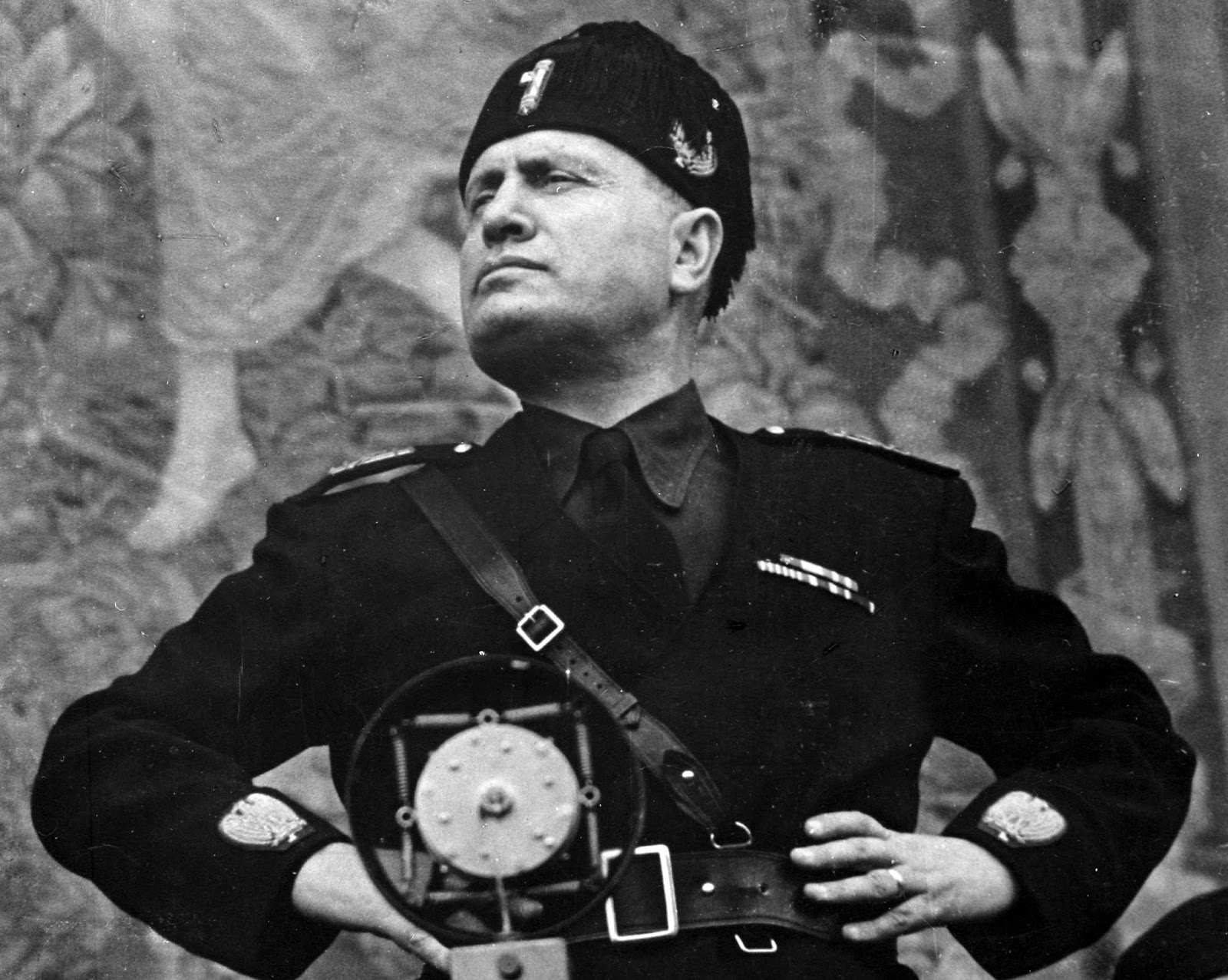The Duce Photos have gained immense popularity, capturing the interest of many fans and followers. These images provide a glimpse into the life and times of an iconic figure whose influence resonates in various realms. From candid moments to meticulously staged portraits, the Duce photos evoke emotions and tell stories that transcend time. By examining these photos, we can uncover layers of personality, history, and cultural significance that define this remarkable individual.
In today’s digital age, where visuals play a pivotal role in storytelling, the Duce photos stand out as a unique collection that reflects not only the aesthetics of the era but also the underlying messages they convey. They transport viewers to a different time, inviting them to explore the nuances of style, persona, and context. This article delves into the captivating world of the Duce photos, unraveling their historical significance and the stories behind them.
As we journey through the lens of the Duce photos, we will highlight key aspects such as their historical context, the impact they have on popular culture, and the reasons behind their enduring appeal. Whether you are a history enthusiast, a photography lover, or simply curious about the life of this iconic figure, the Duce photos offer a rich tapestry of insights and inspiration.
Who is the Duce?
The term “Duce” is most commonly associated with Benito Mussolini, the Italian dictator who ruled from 1922 to 1943. Mussolini was a controversial figure whose leadership style and policies had profound effects on Italy and the wider world during the early to mid-20th century. His rise to power was marked by a series of political maneuvers, propaganda, and the establishment of a totalitarian regime.
Born on July 29, 1883, in Predappio, Italy, Mussolini initially worked as a schoolteacher and journalist before entering politics. He became the leader of the National Fascist Party and played a crucial role in the establishment of fascism in Italy. His aggressive expansionist policies and alliance with Nazi Germany ultimately led to his downfall and execution in 1945.
| Personal Details | Information |
|---|---|
| Name | Benito Mussolini |
| Date of Birth | July 29, 1883 |
| Place of Birth | Predappio, Italy |
| Date of Death | April 28, 1945 |
| Political Affiliation | National Fascist Party |
What Do the Duce Photos Represent?
The Duce photos represent more than just images; they encapsulate a critical period in history. These photographs reflect the political climate of Italy during Mussolini's rule and showcase the propaganda techniques employed to bolster his image. They served to glorify his achievements and promote the ideals of fascism, often depicting Mussolini in a heroic light.
What Historical Moments Are Captured in the Duce Photos?
Many of the Duce photos capture significant historical moments, including public speeches, military parades, and diplomatic meetings. These images provide a visual record of Mussolini’s attempts to project power and authority. They also document the socio-political atmosphere of the time, featuring both supporters and dissenters.
- Public speeches that rallied support for fascism.
- Military parades showcasing Italy's military might.
- Meetings with other world leaders that shaped international relations.
How Have the Duce Photos Influenced Popular Culture?
The Duce photos have left an indelible mark on popular culture, influencing art, literature, and media. These images have been used in various contexts, from historical documentaries to modern art exhibits, often sparking discussions about power, propaganda, and the ethics of representation. They continue to be referenced in contemporary discourse around leadership and governance.
Are There Controversies Surrounding the Duce Photos?
Yes, the Duce photos are often surrounded by controversy due to their association with fascism and Mussolini's authoritarian regime. Many view these images as symbols of oppression and totalitarianism, prompting debates about the moral implications of using such visuals in modern contexts. The challenge lies in understanding the historical significance of these photos while also acknowledging the darker aspects of the regime they represent.
Where Can You Find Authentic Duce Photos?
Authentic Duce photos can be found in various archives, museums, and online collections dedicated to preserving historical documents. Some notable sources include:
- National Archives in Italy
- Online photo repositories like Getty Images or Alamy
- History museums focusing on World War II and fascism
How Can You Analyze the Duce Photos Critically?
To analyze the Duce photos critically, consider the following approaches:
- Examine the context in which the photo was taken.
- Analyze the composition, lighting, and framing of the image.
- Consider the intended message and audience of the photograph.
By employing these analytical techniques, viewers can gain deeper insights into the complexities of the Duce photos and their implications for understanding history.
What Legacy Do the Duce Photos Leave Behind?
The legacy of the Duce photos is multifaceted. They serve as a powerful reminder of the impact of visual media in shaping public perception and historical narratives. While they highlight the rise and fall of a controversial leader, they also provide a platform for ongoing discussions about leadership, accountability, and the consequences of unchecked power.
In conclusion, the Duce photos are not merely historical artifacts; they are windows into a tumultuous period marked by ambition, conflict, and transformation. As we reflect on these images, we must engage with the lessons they impart about the nature of power and the importance of remembering our past. Whether viewed through the lens of history, art, or politics, the Duce photos continue to evoke curiosity and contemplation, ensuring their place in the annals of history.




